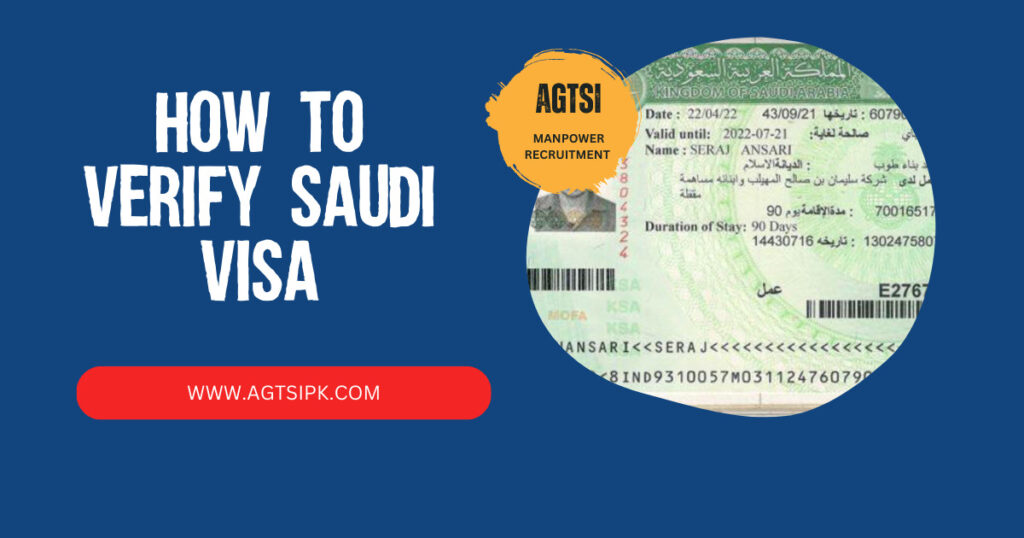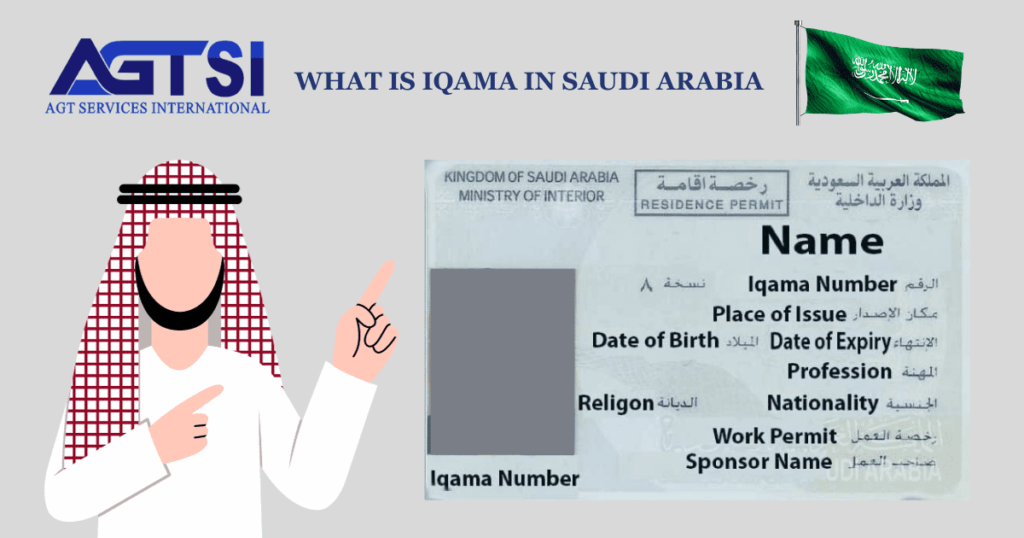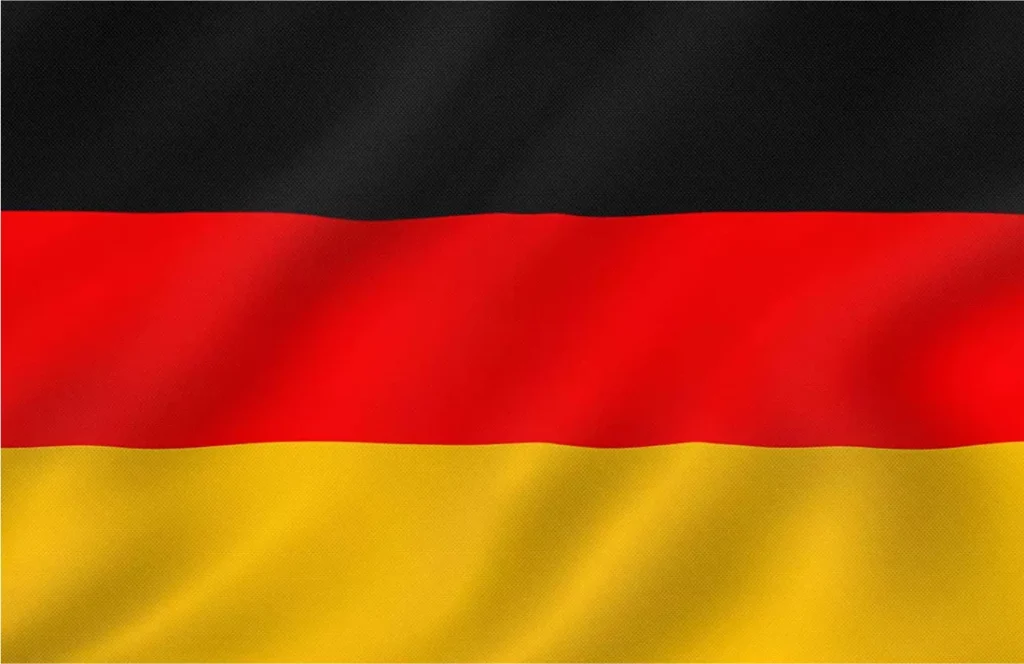Introduction:
In the dynamic landscape of Saudi Arabia’s residency system, transferring the sponsorship of a dependent’s Iqama has become a more accessible and user-friendly process. This comprehensive guide will walk you through the steps of transferring a dependent Iqama online, ensuring a seamless and positive experience.
Understanding Iqama Transfer: A Brief Overview
The Iqama, a crucial residency permit in Saudi Arabia, necessitates a specific process when transferring sponsorship. Whether it’s moving a dependent from one employer to another, or from a father to a husband, each transfer requires careful attention to detail.
Transfer of Dependent Iqama to Another Employer
The Ministry of Human Resources and Social Development has introduced a user-friendly electronic service for expatriates to transfer sponsorship of their dependents to private sector establishments. The process involves:
Document Requirements for Transferring Dependent Iqama to Another Employer:
Step #1. Employer’s Request
The employer initiates the transfer process by creating a formal request through the Qiwa system.
Step #2. Iqama Profession Selection
The employer selects the appropriate Iqama profession for the dependent and uploads the employment contract in the Qiwa system.
Step #3. Dependent Registration
The dependent, upon receiving the employer’s request, registers with Qiwa and approves the contract in the system.
Step #4. Guardian’s Approval
The guardian (father or husband) plays a crucial role by accepting the transfer request on Qiwa under the designated category, “Home Worker Transfer.”
Step #5. Jawazat Completion (Within 14 Days)
The employer must complete the sponsorship transfer process within a two-week period by personally visiting the Jawazat office. The following documents are necessary for this step:
A. Commercial Registration (CR)
Commercial Registration (CR) of the establishment.
B. Dependent’s Documents
The dependent’s original passport and Iqama, accompanied by duplicate copies, are required for the process.
C. Guardian’s Documents
Copies of the guardian’s passport and Iqama.
D. Jawazat Form for Sponsorship Transfer
A filled Jawazat form specifically designed for the transfer of sponsorship.
E. Passport Size Photograph
A single photograph of passport size against a white backdrop.
G. Health Coverage Proof
The employer’s organization provides health coverage.
H. No Objection Certificate (NOC)
No Objection Certificate (NOC) signed by the guardian.
Step #6. Penalties for Non-Compliance
It’s essential to highlight the potential fines for working without completing the Iqama transfer process:
- SR 1,000 fine for the first offense.
- SR 2,000 fine for the second offense.
- SR 3,000 fine plus deportation for the third offense.
Iqama Transfer from Father to Husband/Wife
Transferring the sponsorship of an Iqama from a father to a husband or wife in Saudi Arabia involves a meticulous process. Below is a detailed guide explaining the process and the required documents for a smooth Iqama transfer:
Step #1. Attesting the Marriage Certificate
If the couple got married outside Saudi Arabia, the marriage certificate must go through a verification process:
A. Foreign Affairs Ministry (Marriage Location)
Authenticate the marriage certificate by obtaining an attestation from the Ministry of Foreign Affairs in the nation where the marital ceremony was conducted.
B. Saudi Embassy
Subsequently, the certificate should be attested at the Saudi Embassy in the same country.
C. Ministry of Foreign Affairs (Saudi Arabia)
Upon arrival in Saudi Arabia, the certificate needs further attestation at the Ministry of Foreign Affairs.
Step #2. Submission to Jawazat
After the marriage certificate is appropriately attested, the next steps involve submitting the necessary documents to the Jawazat office:
A. Waiver Letter from Husband’s Employer
A letter from the employer of the husband, waiving objection to the Iqama transfer. This correspondence requires proper authentication from the Chamber of Commerce.
B. Father’s No Objection Certificate (NOC)
Obtain a No Objection Certificate from the father, endorsed in the presence of an official at the Jawazat office. Agents situated near Jawazat can provide the required format for the NOC.
C. Iqama Transfer Form
Agents can fill out this form, which is crucial for the transfer process.
D. Copies of Relevant Documents
Include copies of the marriage certificate, original passport and Iqama of the wife, and copies of the Iqama for the wife, husband, and father.
E. Fee Payment Receipt
Completing the payment for the transfer of the wife’s sponsorship from the father to the husband.
Step #3. Visit to Jawazat
After gathering all the necessary documents, the next step is to visit Jawazat and follow these steps:
A. Book Jawazat Appointment
Schedule an appointment specifying the purpose as “Resident Services.”
B. Document Submission
Present the necessary documentation to the Jawazat official.
C. Review and Approval
Upon scrutinizing the documents and verifying that all prerequisites are satisfied, the officer will sanction the transfer of the Iqama from the father to the husband within the system.
D. Print the New Iqama
Upon receiving approval, proceed to a different counter to obtain a printed copy of the updated Iqama.
How do you transfer a dependent wife to another sponsor?
Transferring the sponsorship of a dependent wife to another sponsor in Saudi Arabia involves a well-defined process. Here’s a thorough handbook detailing the necessary steps and essential documents to facilitate a seamless and effective transfer process:
Step #1. Application Form Submission
Begin by filling out the application form to transfer a dependent wife to another sponsor. You can usually access this document through the authorized channels.
Step #2. Request Letter for Sponsor Transfer
Draft a formal request letter seeking the transfer of sponsorship from the current sponsor (husband) to the new sponsor. Clearly outline the reasons for the transfer in the letter.
Step #3. Recent Colored Pictures
Include two recent colored passport-sized pictures (6×4) of the dependent wife with the application. Ensure these pictures adhere to the specified guidelines.
Step #4. Copy of Husband’s Iqama or National ID
Provide a copy of the husband’s Iqama or national ID, verifying the relationship between the current sponsor and the dependent wife.
Step #5. Marriage Contract Authentication
Submit the original copy of the marriage contract along with a clear photocopy. If the marriage contract was issued outside the Kingdom, it must be authenticated by the responsible Embassy/Consulate and the Ministry of Foreign Affairs.
Step #6. Addition of Husband’s Name to Passport
Include documentation from the Embassy of the wife confirming the addition of the husband’s name (surname) to the wife’s passport.
Step #7. Authenticated Waiver Letter
Obtain an authenticated waiver letter from the previous sponsor. If the sponsor is the father of the wife, provide a copy of his ID along with the waiver letter.
Step #8. Transfer Fee Payment
Pay the required transfer fee of SR 2,000. This fee is typically paid at any accredited bank to the Jawazat.
Step #9. Submission and Processing
After completing all necessary paperwork, submit the transfer request and required documents. Await processing by the responsible authorities. The status will typically be updated to indicate the process is underway.
Step #10. Passport and Iqama Collection
Once the transfer is approved, collect the passport and the new residence permit (Iqama) from the relevant authorities.
Important Notes to Transfer a Dependent Wife to Another Sponsor
The expatriate requester must wait for the responsible employee to complete the transfer process. Ensure that all submitted documents are accurate, clear, and meet the specified requirements to avoid delays.
Iqama Transfer from a Company to a Husband/Father: Simplifying the Process
Moving a dependent’s sponsorship from a company to an individual, like a husband or father, isn’t as complex as it might seem. In fact, it’s a straightforward process with specific steps and documents needed to make sure everything goes seamlessly. Let’s dive into the details and make this transition as smooth as possible:
Step #1. Document Preparation
Before initiating the transfer process, ensure you have the necessary documents ready:
A. Job Contract Copy
Obtain a copy of the job contract from the company.
B. Proof of Contract Termination
Provide evidence confirming the termination of the existing contract with the company.
C. NOC from the Employer
Acquire a No Objection Certificate (NOC) from the employer, expressing consent for the transfer.
D. Iqama Copies
Gather copies of the Iqama (residency permit) of both the dependent and the guardian (husband or father).
Step 2. Visit to Jawazat
The next step involves visiting the Jawazat office. Follow these steps for a hassle-free process:
A. Book an Appointment
Utilize the official online platform to book an appointment with Jawazat for “Resident Services.”
B. Document Submission
On the scheduled date, submit all the prepared documents to the Jawazat officer.
Step 3. Review by Jawazat
Once the documents are submitted, the Jawazat officer will review the request and supporting documents. Making sure that every document is correct, thorough, and meets the given criteria is crucial.
Step 4. Iqama Transfer Approval
Upon successful review, the Jawazat officer will approve the transfer of sponsorship from the company to the husband or father. This signifies the completion of the administrative process.
Step 5. Printing the New Iqama
After receiving approval, proceed to another window within the Jawazat office to print a copy of the new Iqama. This paper stands as the formal confirmation of the sponsorship transfer.
Important Notes: Iqama Transfer from a Company to a Husband/Father
1. Limited Eligibility
It’s important to note that the transfer of Iqama from a company to a husband or father is typically limited to spouses and unmarried daughters. Unfortunately, the process does not extend to transferring the Iqama of a son from a company or employer.
2. Renewal of Iqama
Following the successful transfer, the family’s Iqama can be renewed through the “Sponsorees” option in the Absher account. Ensure timely renewal by paying the required fees, including SR 1,000 per family member for a 2-year renewal period and the dependent fee.
Iqama Transfer of Family Members in Case of Death: Simplifying the Process
In the unfortunate event of the head of a family passing away, the Saudi Arabian system allows for the transfer of family members’ sponsorship to another family member already employed in the country. This process involves several steps and the submission of specific documents to the appropriate authorities.
Required Documents for Iqama Transfer in Case of Death:
1. Letter of Request
The family member wishing to take over the sponsorship should submit a formal letter of request. This letter outlines the intent to assume responsibility for the family members’ sponsorship following the head of the family’s demise.
2. Waiver Letter
A waiver letter from the deceased’s employer is required, allowing the transfer of sponsorship to the family member.
3. Salary Certificate
A salary certificate issued by the company, duly attested by the Chamber of Commerce, confirms the employment status and financial capability of the family member assuming sponsorship.
4. GOSI Certificate
The General Organization for Social Insurance (GOSI) certificate is necessary to verify the deceased’s employment status and contributions.
5. Copies of Iqama and Passport
Provide copies of the Iqama and passport for all family members involved in the sponsorship transfer.
6. Copies of Birth Certificates
Include copies of the birth certificates for all family members to establish the familial relationship.
7. Copy of the Passport and Iqama of the Deceased
Documentation related to the deceased family member, including passport and Iqama copies, is required for verification purposes.
8. Wife and Children’s Iqama
Provide copies of the Iqama for the wife and children affected by the sponsorship transfer.
9. School Certificate (if applicable)
If any of the dependent family members are in school, a bonafide certificate from the school should be included.
10. Death Certificate
A certified copy of the death certificate of the head of the family is a crucial document in this process.
11. Deed of Sustenance
Obtain a deed of sustenance from the embassy, confirming the financial responsibility of the family member taking over the sponsorship.
12. Confirmation of Unmarried Status
If applicable, provide a letter confirming the unmarried status of specific family members.
13. Photographs
Include two passport-size photographs for each family member involved in the transfer.
Steps to Transfer Iqama in Case of Death:
Step #1. Visit Jawazat
Schedule an appointment with Jawazat, specifically under the category of “Resident Services.”
Step #2. Submission of Documents
Take all the required documents to the Legal Affairs Department at Jawazat. The officials will verify the authenticity of your case and issue a letter addressed to the courts confirming the legitimacy of the sponsorship transfer request.
Step #3. Prepare for Court Visit
Before visiting the court, ensure you have arranged for four witnesses to testify that the head of the family is deceased and you are the legal guardian. Bring a copy of the letter from Jawazat and all other necessary documents.
Step #4. Court Proceedings
The court will register your case and present you to a judge. Upon satisfaction, the judge will question the witnesses, and a paper will be issued for the witnesses to sign.
Step #5. Letter from the Court
With the signed paper and all relevant documents, return to the Legal Affairs Department in Jawazat. Submit these documents along with the letter from the court. Jawazat will issue a printout of the new Iqama for the family members.
Step #6. Renewal of Iqama
Use your Absher account’s “Sponsorees” option to renew the family Iqama. Pay the renewal fee, typically a fixed amount per family member for a specified period.
Transfer of Dependent Iqama from Father to Mother: A Step-by-Step Guide
In certain circumstances, such as when the final exit of the sponsor is issued, there may arise a need to transfer the sponsorship of dependents from a father to a mother. This process is essential for maintaining residency and ensuring the well-being of the family members. Below is a detailed guide on how to execute this transfer and the required documents.
Process for Transferring Dependent Iqama from Father to Mother:
Step #1. Waiver Letter and Request
The first step involves obtaining a waiver letter from the employer of the wife, duly attested by the Chamber of Commerce. This letter should explicitly permit the transfer of Iqama sponsorship from the father to the mother. The dependent’s father must submit a written request on a blank paper, addressed to the Jawazat, expressing the intention to transfer the Iqama sponsorship to the mother.
Step #2. Iqama Transfer Form
Fill out the Iqama transfer form for each child involved in the transfer. This form is a crucial document for initiating and processing the sponsorship transfer.
Step #3. Document Copies
Prepare copies of the Iqama and passport for each family member involved in the transfer. This includes the wife, children, and the father. Ensure all copies are clear and legible, which is essential for the verification process.
Step #4. Fee Payment
Pay the required fee for the transfer of the dependent’s sponsorship from the father to the mother. This fee is typically associated with administrative processing and is integral to the transfer procedure.
Step #5. Appointment Booking
Schedule an appointment with the Jawazat office, specifically under the category of “Resident Services.”
Step #6. Document Submission
Present all the prepared documents, including the waiver letter, written request, Iqama transfer form, and copies of passports and Iqamas, to the Jawazat officer during the appointment. The officer will review the documents for accuracy and completeness.
Step #7. Verification and Approval
After the initial document review, the Jawazat officer will conduct a verification process to ensure the authenticity of the request. If the application is accepted, the Iqama sponsorship of the wife and children will be officially transferred from the father to the mother in the system.
Step #8. Printing New Iqamas
Once the transfer is approved, proceed to another window within the Jawazat office to print copies of the new Iqamas for the transferred dependents.
Final Thoughts
Transferring a dependent Iqama online is now more accessible, thanks to electronic services and streamlined procedures. By following these steps diligently, you can easily navigate the process and ensure a smooth transition for your dependents. Remember, staying informed and adhering to the outlined procedures is key to a successful Iqama transfer.




















